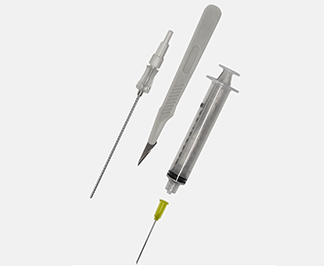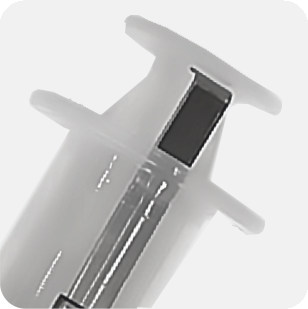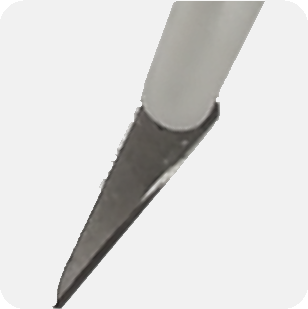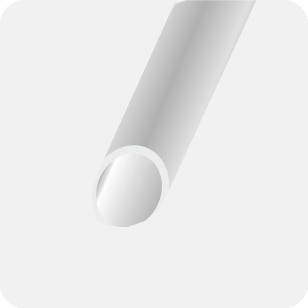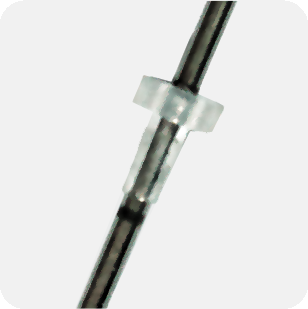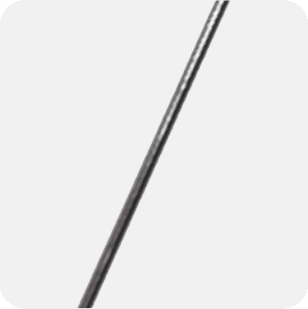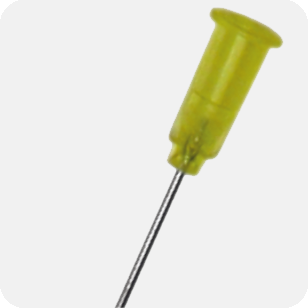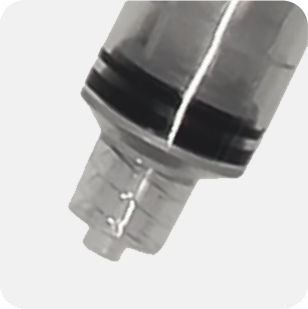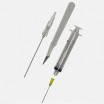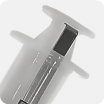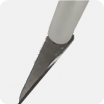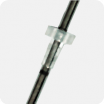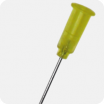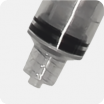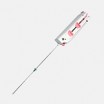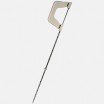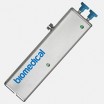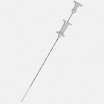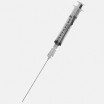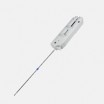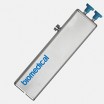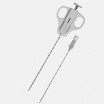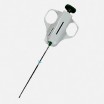BA
- Needles for biopsy of soft tissues
Disposable Menghini needle for liver biopsy. Menghini needle biopsy is called “suction” in fact the fabric is cut at first shearing from the tip of the cannula and then aspirated into the syringe.
In the “modified Menghini” needle, depression is caused by the backward movement of the spindle by the doctor performs the retreat of the piston connected to it.
The “Menghini classic” needle does not have a spindle. The doctor, after the introduction of the needle into the patient, provides for the cleaning of the inner lumen of the cannula by injecting a small amount of saline solution and then, once the light released from the tissue embedded in the introduction, the doctor proceeds through the aspiration of the affected tissue retraction of the plunger. The fabric is stopped within the cavity of the cannula by a probe that is blocking the light preventing the aspiration to penetrate the fabric in the face of the piston cylinder.
Liver biopsy, since the first approach and Roholm Iversen (1939), has been and is currently used in the diagnosis of liver disease due to primary and secondary tumors, leukemias and lymphomas. The Menghini needle is the preferred type of needle for this practice because it allows the removal of chips of tissue that reach 4 cm in length without altering the architecture of the tissue. The second Menghini liver biopsy procedure was designed in 1958.
The clinical features of BIOMEDICAL needles is guaranteed by the fact that they are modeled dimensionally, in the form of spikes and spindles, those who are on the market and that are routinely used by clinicians for many years. BIOMEDICAL has customized some forms of plastic components, without affecting those that are the functional properties of the various components.
